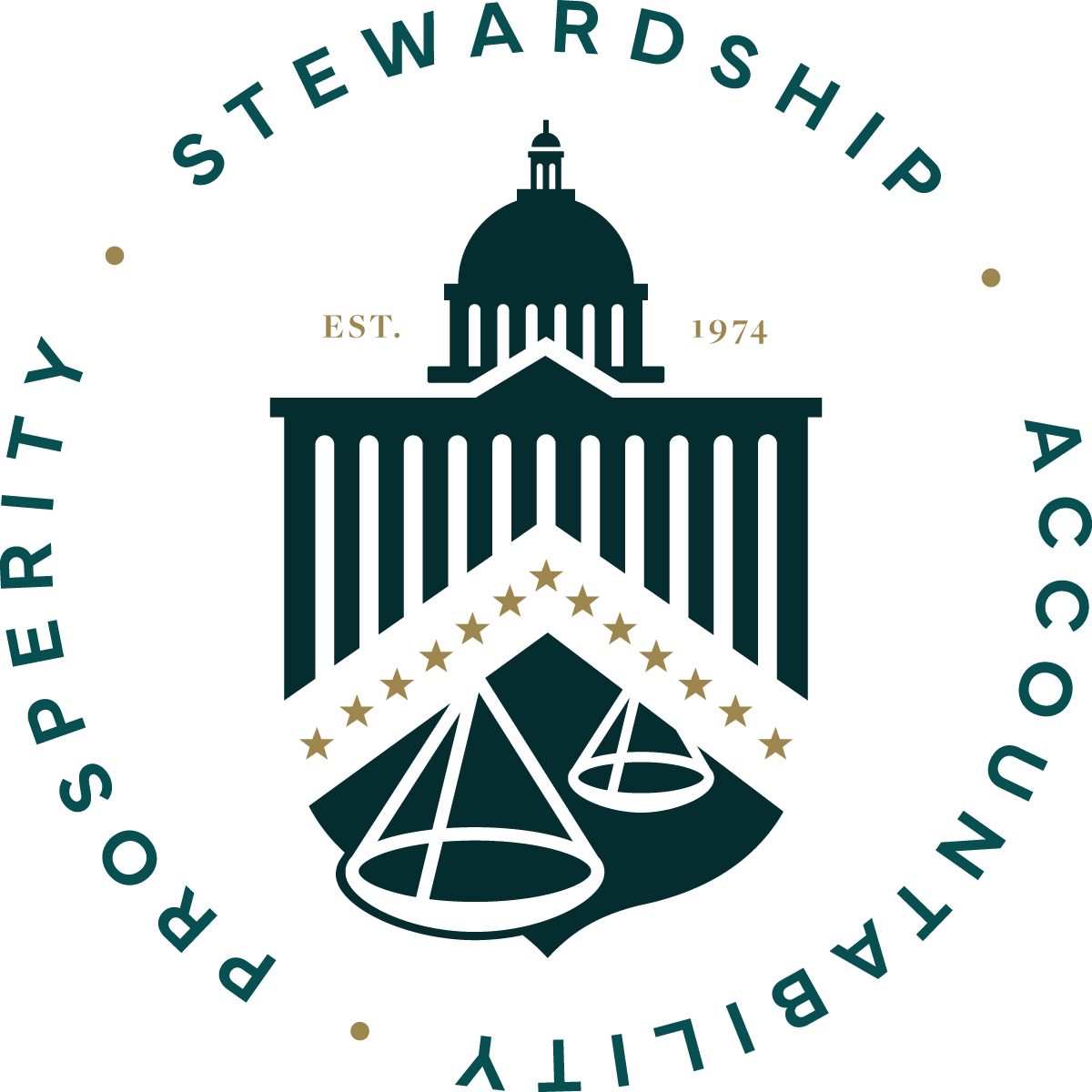Budget Chairman on CBO’s Response to Democrat Hypothetical Scenarios Intended to Mislead the Public
WASHINGTON, D.C. – Late last night, the Congressional Budget Office (CBO) released two letters responding to hypothetical scenarios outlined by House Democrats.
The first letter purports to analyze the distributional effects of the One Big Beautiful Bill Act. The second letter evaluates potential Statutory Pay-As-You-Go (S-PAYGO) effects associated with the bill. House Budget Chairman Jodey Arrington (R-Texas) issued the following statement in response to CBO’s projections, which include key limitations and omissions in its framing:
 Watch the video from Chairman Arrington HERE.
Watch the video from Chairman Arrington HERE.
“This is a smoke and mirrors tactic to try to deceive the American people into thinking that the One Big Beautiful Bill will benefit the top 10 percent at the expense of the bottom 10 percent. Ironically, the only thing Democrats are proving is that our policies are a massive success,” said Chairman Arrington.
“First, they’re not measuring economic benefits to low-income earners, they’re measuring federal resources distributed. For instance, there are fewer transfer payments to people on welfare if you prohibit illegal immigrants from accessing these programs and enact common sense work requirements to stop trapping people in dependence. Second, when you allow Americans from every walk of life to keep more of their income, you lift millions out of poverty, just as we witnessed in President Trump’s first term.
“Democrats measure success by how many people are stuck on the welfare rolls; Republicans measure success by how many Americans are lifted off of them.”
Key Facts:
-
These analyses were requested by Democrats, reflecting their assumptions and priorities. They should not be viewed as a neutral assessment of the bill’s full economic and fiscal impact.
-
CBO itself acknowledges in its distributional effects letter that there is “uncertainty” and urges “caution” when interpreting the letter. Yet the headlines generated from this analysis have treated the projections as definitive.
-
CBO’s own data confirms, on average, American households would see an increase in after-tax income under the bill. That includes substantial gains for working families across the income spectrum—directly contradicting claims that the legislation is regressive.
-
The projected decline in average income for the bottom 10 percent of earners stems from targeted reforms to government benefits, not from new taxes or job losses. The success of anti-poverty efforts should be judged by outcomes—employment, income, independence—not the volume of government spending. The bill builds on the proven success of the 1996 welfare reform, which reduced poverty, increased workforce participation, and raised incomes.
-
The bill’s tax changes are especially favorable to low- and middle-income households. These reforms mean more disposable income for working families, especially those with children or modest earnings. It:
-
Increases the standard deduction
-
Expands the child tax credit
-
Eliminates taxes on tips, overtime pay, and auto loan interest
-
Delivers tax relief for seniors
-
Prevents the largest tax hike in American history
-
-
CBO projects a growth rate of just 1.8% annually over the next 10 years. After incorporating positive macroeconomic feedback—estimated to grow the economy at 2.6%, a conservative estimate—an additional $2.6 trillion from the combined policies of tax cuts, deregulation, and unleashing American energy means that the legislation would reduce deficits over the next decade by $173 billion.
-
The CBO’s own report from July 2024 acknowledges that illegal immigration has placed downward pressure on wages for low-skilled U.S. workers. The One Big Beautiful Bill addresses this by restricting benefits to illegal immigrants and improving fair labor market conditions for American citizens.
-
When Democrats passed the American Rescue Plan Act and the so-called Inflation Reduction Act, they added so much to the S-PAYGO scorecard that it would have resulted in a $500 billion Medicare cut. They weren’t concerned then but pretend to be now. The difference is that Democrats triggered S-PAYGO through spending increases while Republicans are focused on cutting taxes so Americans can keep more of their own paychecks.
-
Congress has many tools at its disposal to address S-PAYGO deficits and has utilized these over the years such that no Medicare sequester has ever occurred.
The CBO’s responses to Democrats lack key context, ignores behavioral effects, and downplays the broader economic goals of the legislation. The One Big Beautiful Bill restores the dignity of work, supports working families, grows the economy, and delivers real opportunity to all Americans—not just bigger government.
MORE FROM THE HOUSE BUDGET COMMITTEE:
Read H. Con. Res. 14, the One Big Beautiful Bill Act HERE.


